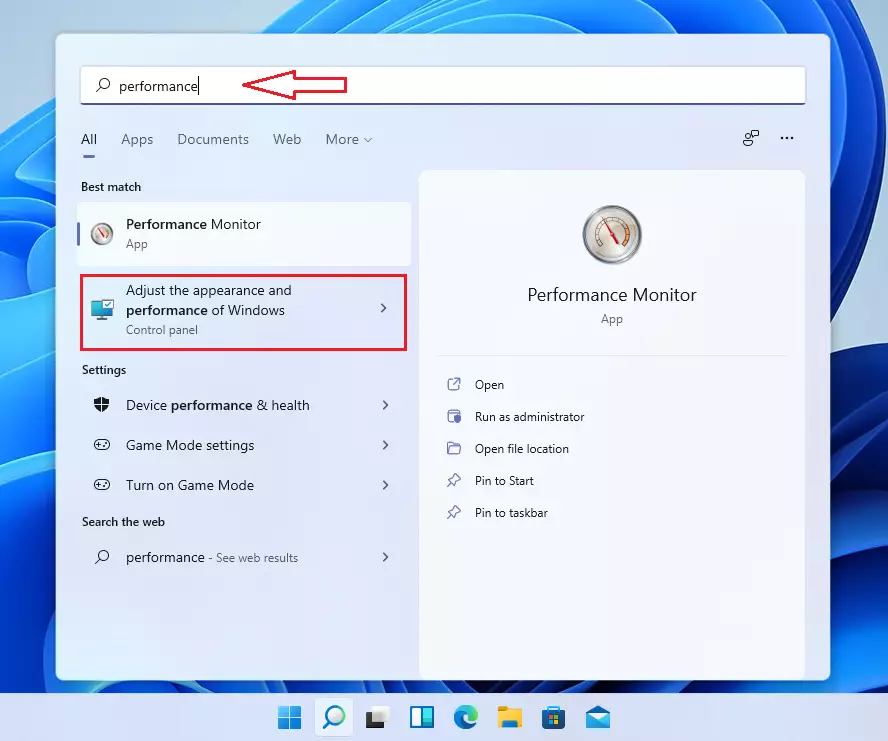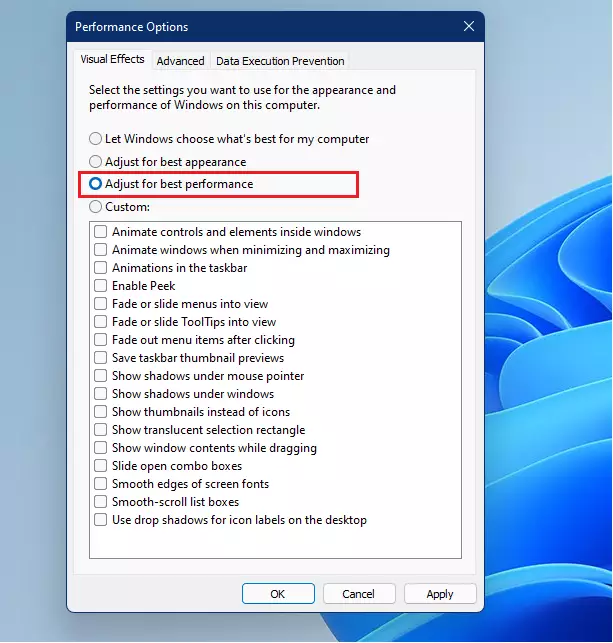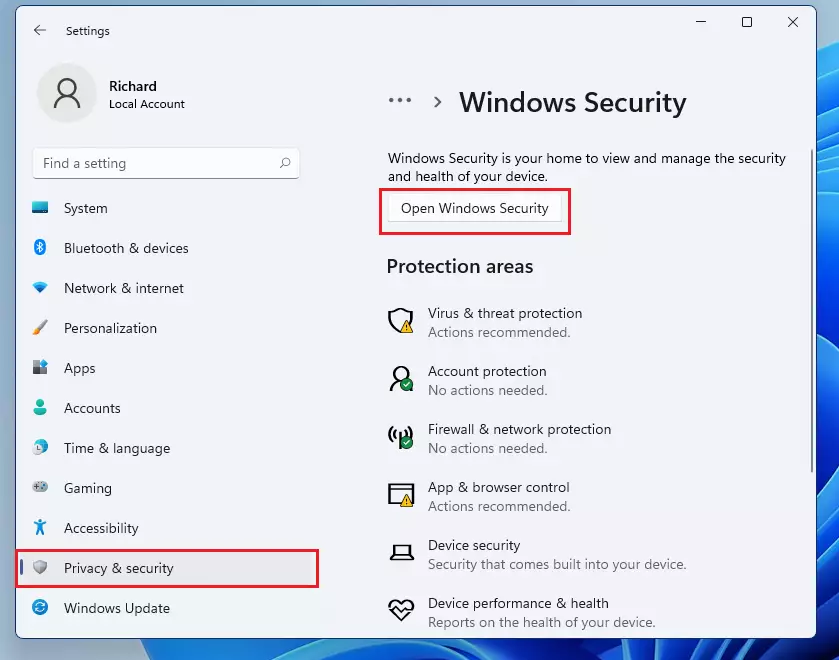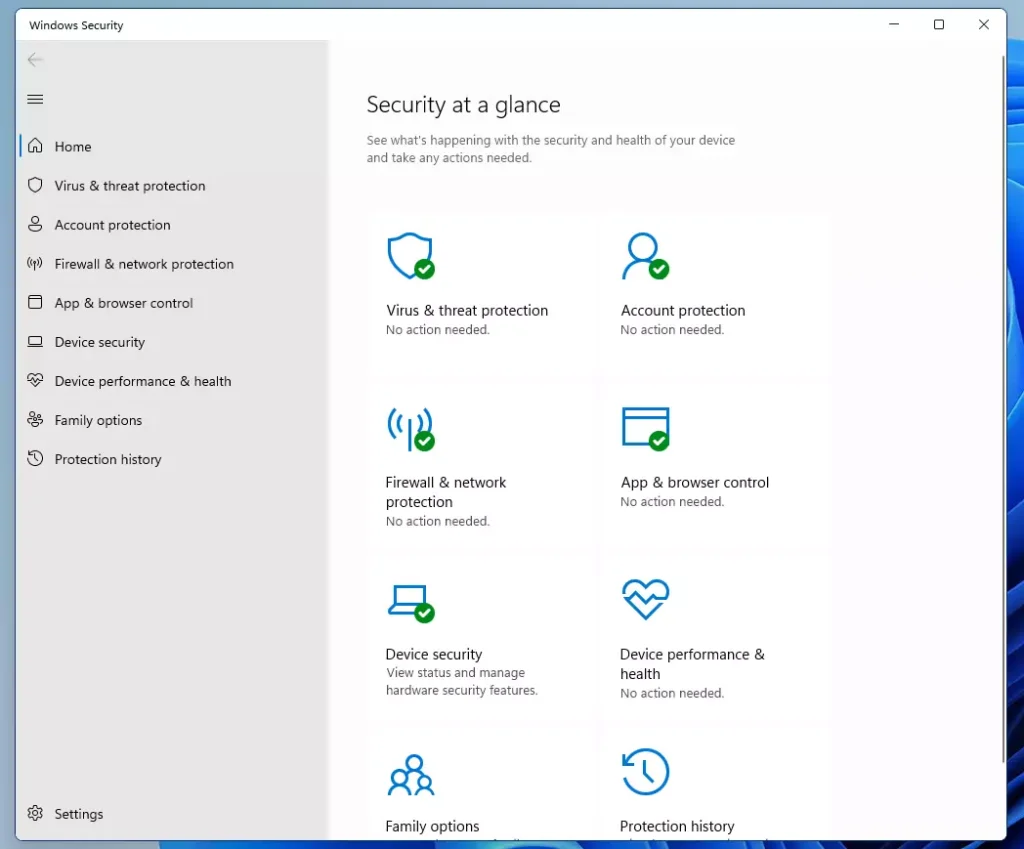This post discusses how to enhance and optimize the performance of Windows 11, particularly for older PCs.
If your Windows 11 computer is running slowly, here are some suggestions to help speed up and optimize its performance by adjusting settings, scanning for viruses, and running updates.
Enhancing performance on Windows 11 can lead to a smoother and faster computer experience, improving your productivity and overall satisfaction. Slow performance can result from several factors, including low disk space, viruses, outdated software or hardware, and excessive visual effects.
When you perform Windows updates, your PC will search for the latest device drivers, patches, and features that may help enhance the performance of slow computers.
Update Windows
To update Windows and search for the latest drivers and packages, select the Start button and then go to Settings.

From the Settings page, go to Windows Update > Check for updates.

Next, do one of the following:
If the status says “You’re up to date,” continue below.
If the status says “Updates are available,” select Install Now. Select the updates you want to install, then select Install.
Restart your PC and see if it seems to run better.
Adjust Windows Appearance
Windows 11 offers various visual effects, including animations and shadows. While these features enhance its appearance, they can consume additional resources that may slow down older computers.
To adjust the visual effects in Windows, perform the steps below.
In the search box on the taskbar, type performance, then select Adjust the appearance and performance of Windows in the results list.

On the Visual Effects tab, select Adjust for best performance > Apply.
Restart your PC and see if that speeds up your PC.

Scan for Virus
Your PC’s slow performance may be due to viruses. Windows 11 includes built-in virus protection to help remove viruses and unwanted software.
To scan for Viruses, follow the steps below:
Select Start > Settings >Privacy & Security > Windows Security, then select Open Windows Security.

Select Virus & threat protection, then select Check for updates under Virus & Threat Protection Updates.
On the Protection updates screen, select Check for updates to ensure you have the most recent updates. Select Virus & threat protection, then select Quick scan.

Wait for Windows Security to finish scanning for viruses and malware.
These steps might help improve your computer performance.
Conclusion:
To enhance and optimize the performance of Windows 11 on older PCs, consider the following key points:
- Regular Updates: Keep your system up to date to benefit from the latest drivers and security patches.
- Adjust Visual Effects: Reduce visual effects to minimize resource consumption and improve speed.
- Virus Scanning: Regularly scan for viruses and malware to eliminate performance hindrances.
- Disk Space Management: Ensure that you have sufficient disk space to avoid slowdowns.
- Hardware Upgrades: If possible, consider upgrading your RAM or storage to boost overall performance.
Implementing these strategies can lead to a noticeable improvement in your Windows 11 experience.

Leave a Reply